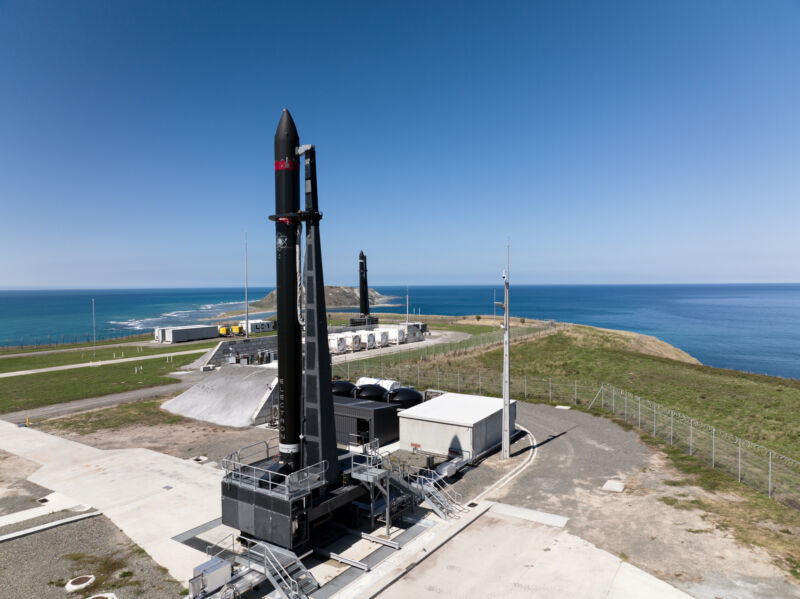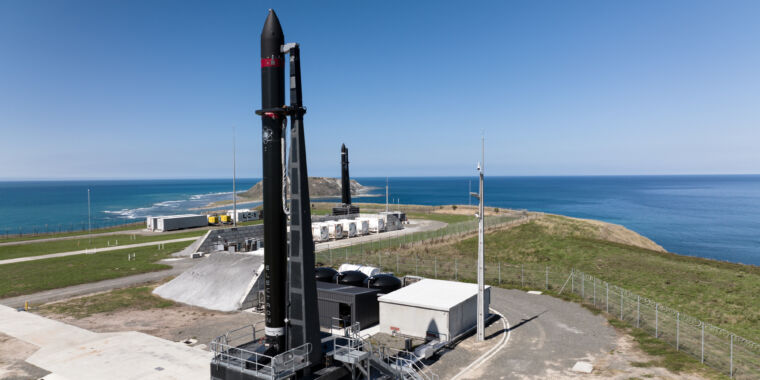
Welcome to Edition 4.33 of the Rocket Report! Let me apologize about the lack of a report last week—I injured my wrist pretty badly and for a few days had to type with one hand. This is not conducive for writing and editing a newsletter that often runs more than 2,000 words. Also, there are an immense number of things happening on space and Earth, particularly with Russia and Ukraine and the West. I’m working on a story about the ways in which spaceflight could be affected by the Russian invasion of Ukraine, so look for a story on that sometime Friday. Hopefully.
As always, we welcome reader submissions, and if you don’t want to miss an issue, please subscribe using the box below (the form will not appear on AMP-enabled versions of the site). Each report will include information on small-, medium-, and heavy-lift rockets as well as a quick look ahead at the next three launches on the calendar.

Relativity Space to move quickly to Aeon-R engine.
To power its first Terran 1 rocket, Relativity Space is developing a small engine called Aeon 1. But the company only plans on using it for a few flights. Instead, Relativity plans to quickly perform a “block upgrade” for the Terran 1, which will serve as a bridge to the much larger, more capable Terran R rocket. “We’ve always envisioned Terran 1 being a development platform,” said Tim Ellis, the co-founder and chief executive of Relativity Space, in an interview with Ars. The California-based company, which seeks to 3D-print most of its rocket parts, is continuing to work toward the first launch of Terran 1 this year.
From nine to one to nine … Powered by nine Aeon 1 rocket engines, this small Terran 1 rocket has a lift capacity of 1.25 metric tons to low Earth orbit. Following these three demonstration flights, Relativity plans to upgrade the Terran 1 by moving from a nine-engine configuration to just a single Aeon-R engine. This engine, nine of which will eventually power the reusable Terran R rocket, is projected to have about 300,000 pounds of thrust, or more than 10 times that of the Aeon 1 engine. Ellis said the goal is to move as quickly as possible into Terran R flights, for which there is great demand, but that Relativity will continue to produce the Terran 1 with a single engine.
Virgin Galactic now expects profitability by 2026. Back in 2019, when Virgin Galactic went public, its public statements predicted that it would become profitable by 2021. Now, those expectations have shifted substantially, Ars reports. During a conference call with financial analysts this week, company CEO Michael Colglazier said Virgin is designing and developing a “delta” class of spaceships that will have lower flight costs and be able to fly one mission a week. This new generation of spaceplanes should enter commercial service in 2025 or 2026, allowing Virgin Galactic to become cash-flow positive in 2026.
Need to scale, and do so quickly … The company’s current flight rate is about one mission every 10 months, so skepticism is warranted. Almost every spaceflight project in history has struggled to scale up operations, either because of technical challenges, production line issues, accidents, or all of the above. But it’s really do or die for the company’s financial future. During the final quarter of 2021, Virgin Galactic reported revenue of $141,000 and a net loss of $80 million. According to the publicly traded company’s consolidated statements, Virgin Galactic has now lost $1 billion during the last two years.
Firefly says Alpha ready for a second attempt. The Texas-based rocket company said last week that both the first and second stages of the Alpha rocket have completed acceptance testing and are “ready for flight.” Firefly has not set a target launch date for the second launch attempt of the Alpha rocket from Vandenberg Space Force Base in California. Alpha’s initial test flight failed in September 2021 after one of the rocket’s four main engines failed 15 seconds after liftoff.
“History will judge all of you guys” … After months of uncertainty, the US government forced Firefly’s Ukrainian backer, Max Polyakov, to sell his remaining interest in the company. Firefly is believed to have been barred from working at Vandenberg while Polyakov still had ownership of the company. The matter came to a head in mid-February, when Polyakov announced on his Facebook page that he was giving up his 58 percent stake in Firefly to CEO and co-founder Tom Markusic for $1. Polyakov accused US regulatory officials of betraying him and said, “I hope you now are happy. History will judge all of you guys.” The story of the $1 seems not to be entirely true, however, as private equity firm AE Industrial Partners announced Thursday it was acquiring Polyakov’s stake for an undisclosed amount. (submitted by Ken the Bin)








